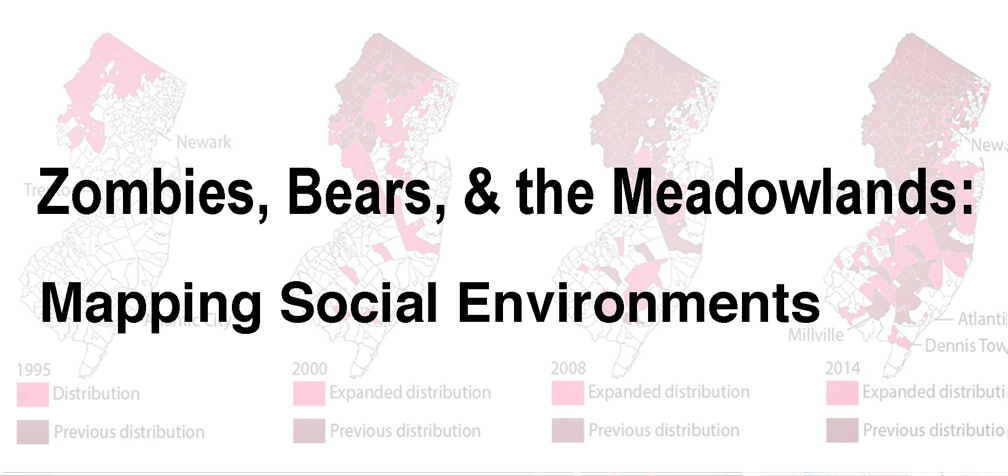After which we will do our first round of ZOMBIE APOCALYPSE Scenarios.
image from the CDC's website
Florida Zombie Alert
DUE WEEK 10
-Create an annotated bibliography that addresses your question with at least 3 published primary sources-
(Sample annotated Bibliography here)
-On a separate page, list in paragraph format ( 1 page max) the answer to your question(s)
-If your questions is not answered completely, mention in your page what parts of your question are answered and what areas need more data.
Hint: This will eventually become a longer research paper. If you organize your research by laying out a series of quotes from sources, that is fine for your research. But your paper may not be a list of quotes from your research. You should not have more than 2 quotes in 1 page of paper. Instead, read your list of quotes to yourself. Put it away. Without looking at your quotes, write what you remember from them and explain why they're important. This would be the rough draft for your paper.
YOUR THESIS QUESTION WAS ONE OF THE FOLLOWING:
- What questions do we ask in order to determine if our current bear management policies are effective?
- Are bear populations growing or shrinking in our area and why?
- What other locations have high densities of people sharing space with large bear populations?
- At what places in local government should bear-human interaction be managed?
- Are there current policies in place to prevent problems caused by bear-human interaction? How could these policies be improved?
- What are the current procedures in place for counting bears and recording bear-human interactions? How could these policies be improved?
- Thesis questions on coyotes in northern nj
- What questions do we ask in order to determine if our current coyote management policies are effective?
- Are coyote populations growing or shrinking in our area and why?
- What other locations have high densities of people sharing space with large coyote populations? If so, are they experiencing coyote attacks or other issues?
- At what places in local government should coyote-human interaction be managed?
- Are there current policies in place to prevent problems caused by cyote-human interaction? How could these policies be improved?
- What are the current procedures in place for counting coyotes and recording coyote-human interactions? How could these policies be improved?































